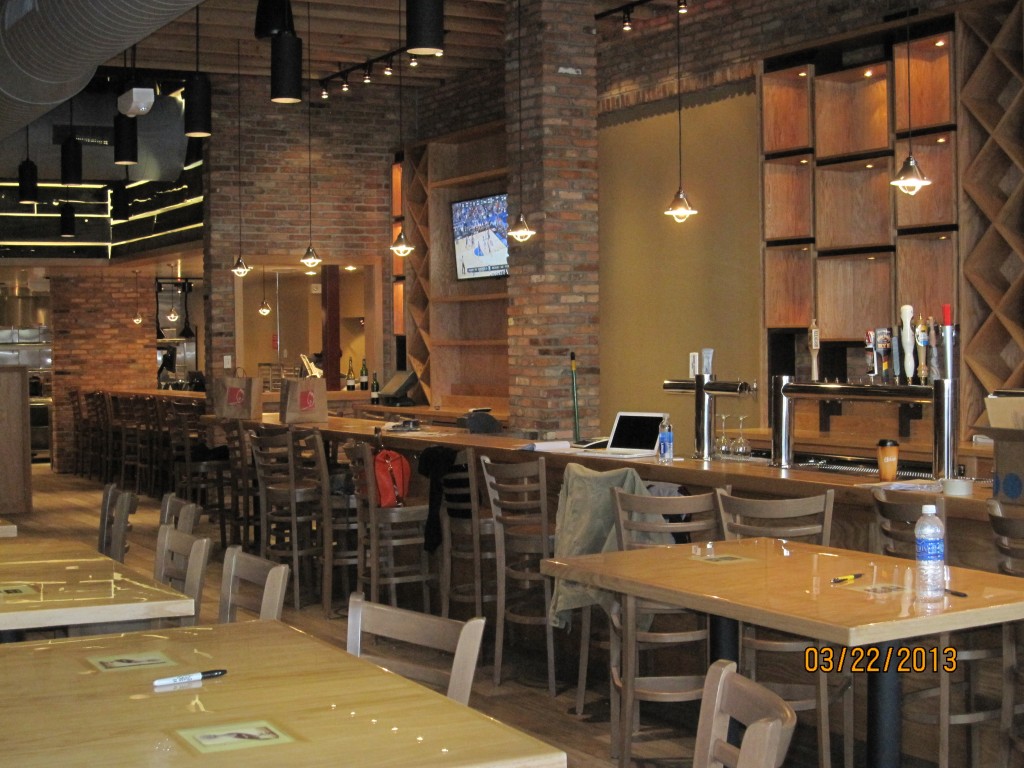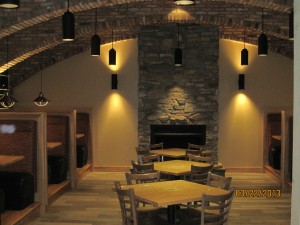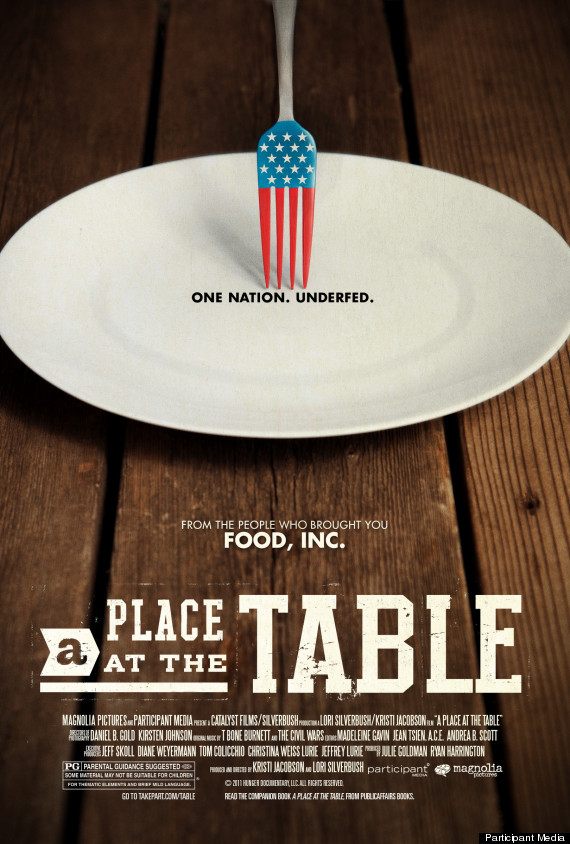One of the final things Mark Briggs addresses in his book “Journalism Next” is how to manage news as a conversation. With so much media in a digital format, reporting is no longer a one way street. Online formats allow for conversations to take place between the author and readers. Knowing how to manage that feedback can be vital to a reporters success.
Briggs states that it is important for authors to respond to as many response as possible, especially those of criticism. Hiding from your audience is not the answer. The more transparent a writer is, the more trust their readers will develop. For our class projects, we did not receive much feedback from the public, but had we gotten some, we would have responded to all inquiries wether positive or negative. This goes along with the role of community aggregator.
Another key aspect of online journalism Briggs brings up is to make news participatory. Don’t post just text on a blog and call it a day. Readers will be more inclined to follow a reader if the content is more engaging. Posting pictures, videos, contests and event listings is a great way to keep your audience engaged in your writings. For our group, we posted photos, videos and maps that allow readers to get a sense of where the story occurs in relation to their own location.
Finally, Briggs reminds us to monitor your site for offensive postings. Unfortunately, some feedback form readers may be said in an offensive manner, and it is important that you don’t allow that on your site. Monitor the responses continuously and be sure to remove any such content.
Being able to engage with your readers is one of the best aspects of online journalism. The idea of reporting news as an ongoing conversation is a great way to tell the story. Getting to know your readers will help you become a better writer and reporter.









